Tag: by Gardner (Alexander)
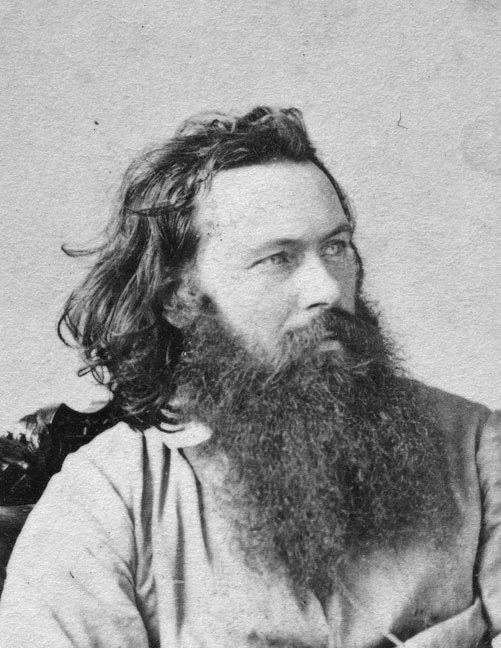 Wikipedia says: Alexander Gardner (1821–1882) was born in Paisley, Scotland. He became an apprentice silversmith jeweller at the age of fourteen. Soon, Gardner found out that his interests and talents lay in finance and journalism. When he was twenty-one he left the jeweler’s shop for a job on the Glasgow Sentinel as a reporter. After only a year of reporting he was appointed editor of the Sentinel. A love of chemistry soon led him to experiment with photography. Deeply disturbed by the exploitation of the working class, and in the spirit of the early cooperative movements in Scotland, Gardner organized a utopian venture in the US called the “Clydesdale Joint Stock Agricultural and Commercial Company” in Iowa, however by 1853 many at the Iowa colony were sick and dying of tuberculosis (then called “consumption”) and the Clydesdale company was dissolved. In 1856, Alex, his brother James and seven others, including Alex’s wife, Margaret (1824–?), his son Lawrence (1848–?), his daughter Eliza (1850–?) and his mother Jane, immigrated to the United States. Colleague James Gibson may have been one of the party. Alex sought out the renown Mathew Brady for employment, who hired him to manage the Washington City studio. Gardner’s business acumen and expertise at wet-plate photography and particularly the “Imperial Print”, a 17 by 21 inch enlargement, brought Brady enormous success. With some reluctance, Brady agreed to let Gardner negotiate with Anthony Co. publishing of the increasingly popular 2-inch X 3.5-inch “carte-de-visite”, or visiting card.
Wikipedia says: Alexander Gardner (1821–1882) was born in Paisley, Scotland. He became an apprentice silversmith jeweller at the age of fourteen. Soon, Gardner found out that his interests and talents lay in finance and journalism. When he was twenty-one he left the jeweler’s shop for a job on the Glasgow Sentinel as a reporter. After only a year of reporting he was appointed editor of the Sentinel. A love of chemistry soon led him to experiment with photography. Deeply disturbed by the exploitation of the working class, and in the spirit of the early cooperative movements in Scotland, Gardner organized a utopian venture in the US called the “Clydesdale Joint Stock Agricultural and Commercial Company” in Iowa, however by 1853 many at the Iowa colony were sick and dying of tuberculosis (then called “consumption”) and the Clydesdale company was dissolved. In 1856, Alex, his brother James and seven others, including Alex’s wife, Margaret (1824–?), his son Lawrence (1848–?), his daughter Eliza (1850–?) and his mother Jane, immigrated to the United States. Colleague James Gibson may have been one of the party. Alex sought out the renown Mathew Brady for employment, who hired him to manage the Washington City studio. Gardner’s business acumen and expertise at wet-plate photography and particularly the “Imperial Print”, a 17 by 21 inch enlargement, brought Brady enormous success. With some reluctance, Brady agreed to let Gardner negotiate with Anthony Co. publishing of the increasingly popular 2-inch X 3.5-inch “carte-de-visite”, or visiting card.
In the Fall of 1861, Gardner took a position as official photographer on the staff of General George B. McClellan, the commander of the Army of the Potomac, and was given the honorary rank of captain. This particular assignment lasted until McClellan’s demotion in November 1862, however the title “Photographer to the Army of the Potomac” was used by him to the end of the war. In the year 1862, Gardner and his operators photographed the 1st Bull Run battlefield, McClellan’s Peninsula Campaign, and the battlefields of Cedar Mountain and Antietam. Since the battlefields of Fredericksburg and Chancellorsville were Union defeats and remained in enemy hands, northern photographers were unable to reach the fields.
By May 1863, Gardner had opened his own studio in Washington City with his brother James, taking with him many of Mathew Brady’s former staff. Circumstantial evidence suggests that Gardner’s split with Brady was not caused by any altruistic concerns over the proper citation in published works. Gardner himself in 1867 acknowledged in a deposition that though a photograph be identified on the mount as a “Photograph by A. Gardner” for example, it simply meant that it was printed or copied in his gallery, and he was not necessarily the photographer. The split seems more likely to have grown out of Brady’s incompetent business practices and his failure to regularly meet his payroll.
In July 1863, Gardner and employees James Gibson and Timothy O’Sullivan photographed the fresh battlefield of Gettysburg, Pennsylvania. Grant’s Overland Campaign and Petersburg operations were mostly photographed by Gardner’s employee Timothy O’Sullivan, “supervisor of my map and field work.” By June 1864, the designation of official photographer for Grant’s headquarters command had devolved to Mathew Brady.
In April 1865, Gardner photographed Lewis Powell, George Atzerodt, David Herold, Michael O’Laughlen, Edman Spangler and Samuel Arnold, who were arrested for conspiring to assassinate President Abraham Lincoln. Gardner, with the assistance of O’Sullivan, also took photographs of the execution of Mary Surratt, Lewis Powell, George Atzerodt and David Herold as they were hanged at Washington Penitentiary on July 7, 1865. Four months later, Gardner photographed the execution of Henry Wirz, commanding officer at the infamous prisoner of war camp in Andersonville, Georgia.
In 1865 and 1866, “Lincoln’s favorite photographer” published his two-volume anthology, Gardner’s Photographic Sketch Book of the War. The two editions consisted of two leather-bound volumes each. Both volumes contained 50 tipped-in, imperial size albumen prints each, with accompanying pages of descriptive, letterpress. At $150 per set however, it was not the success Gardner had hoped. When asked about his work he said, “It is designed to speak for itself . . As mementos of the fearful struggle through which the country has just passed, it is confidently hoped that it will possess an enduring interest.”
In September 1867 Gardner closed his gallery, and with his son Lawrence and assistant William R. Pywell set out to photograph along the proposed route of the U.P.R.R., taking photographs along the 35th parallel, from Wyandotte to Hays Kansas. After finishing his assignment on October 19, Gardner returned to Washington City and that year published his folio sized anthology, “Across the Continent on the Union Pacific Railway, Eastern Division.”
In 1875, the civic-minded Gardner worked at the Washington City Metropolitan Police Department, copying nearly a thousand daguerreotypes to be used as “mug shots”, the forerunner of the “Rogues Gallery.” In 1879, Alexander Gardner formally retired from photography, devoting his remaining years to improving and enlarging the scope of the co-operative life insurance business model of the “Washington Beneficial Endowment Association.” Gardner continued with his involvement in the “Masonic Mutual Relief Association”, becoming its president in 1882, and the St Andrews Society, a Scottish relief organization.
Showing 1–16 of 382 results
-
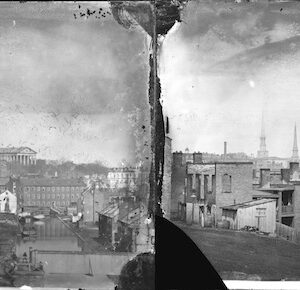
Image ID: ABLQ
$5.99 -
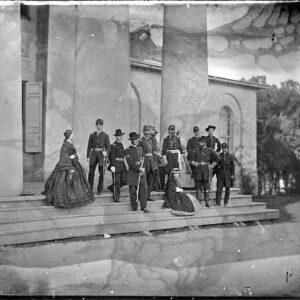
Image ID: ACOL
$4.99 -
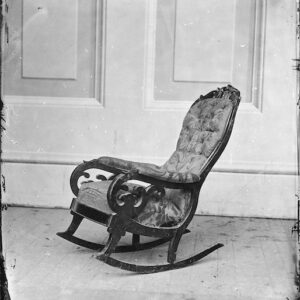
Image ID: ACZA
$4.99 -
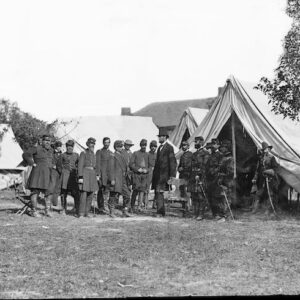
Image ID: AEBI
$6.99 -
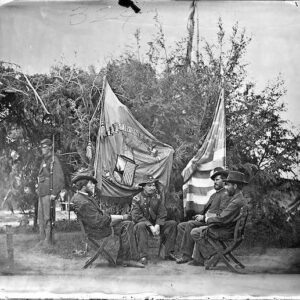
Image ID: AEKX
$4.99 – $6.99 This product has multiple variants. The options may be chosen on the product page -
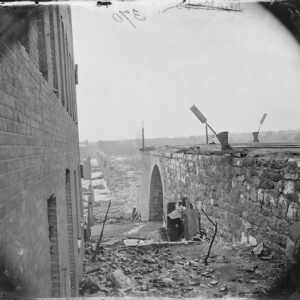
Image ID: AEZU
$4.99 – $6.99 This product has multiple variants. The options may be chosen on the product page -
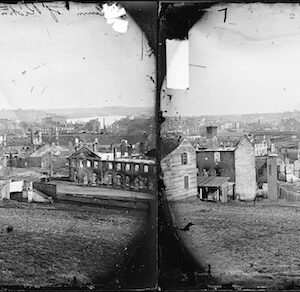
Image ID: AFMB
$3.99 -
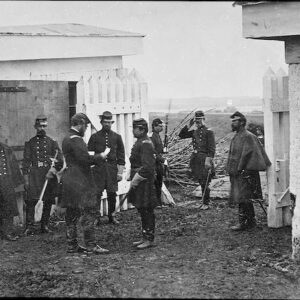
Image ID: AFNZ
$4.99 -
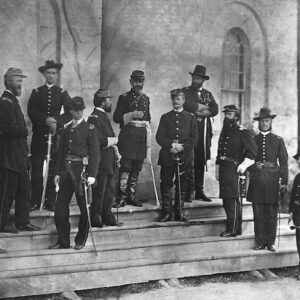
Image ID: AFYP
$4.99 -
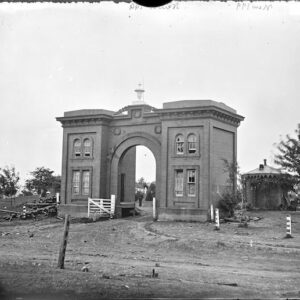
Image ID: AGOH
$4.99 -
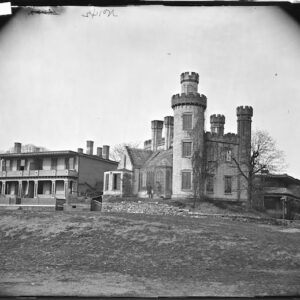
Image ID: AGQE
$4.99 -
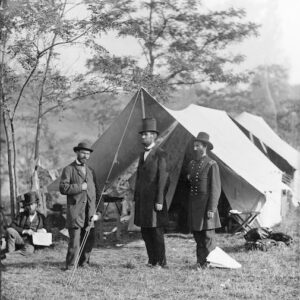
Image ID: AIAP
$6.99 -
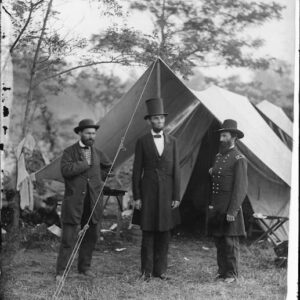
Image ID: AIAQ
$6.99 -
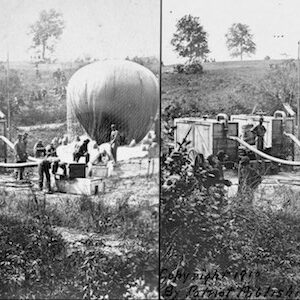
Image ID: AICH
$5.99 -
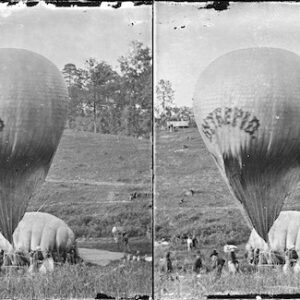
Image ID: AICI
$6.99 -
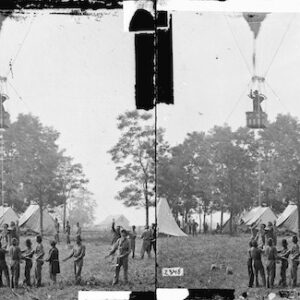
Image ID: AICJ
$6.99